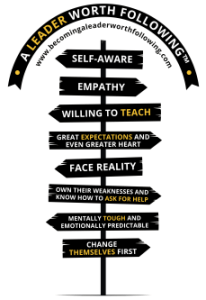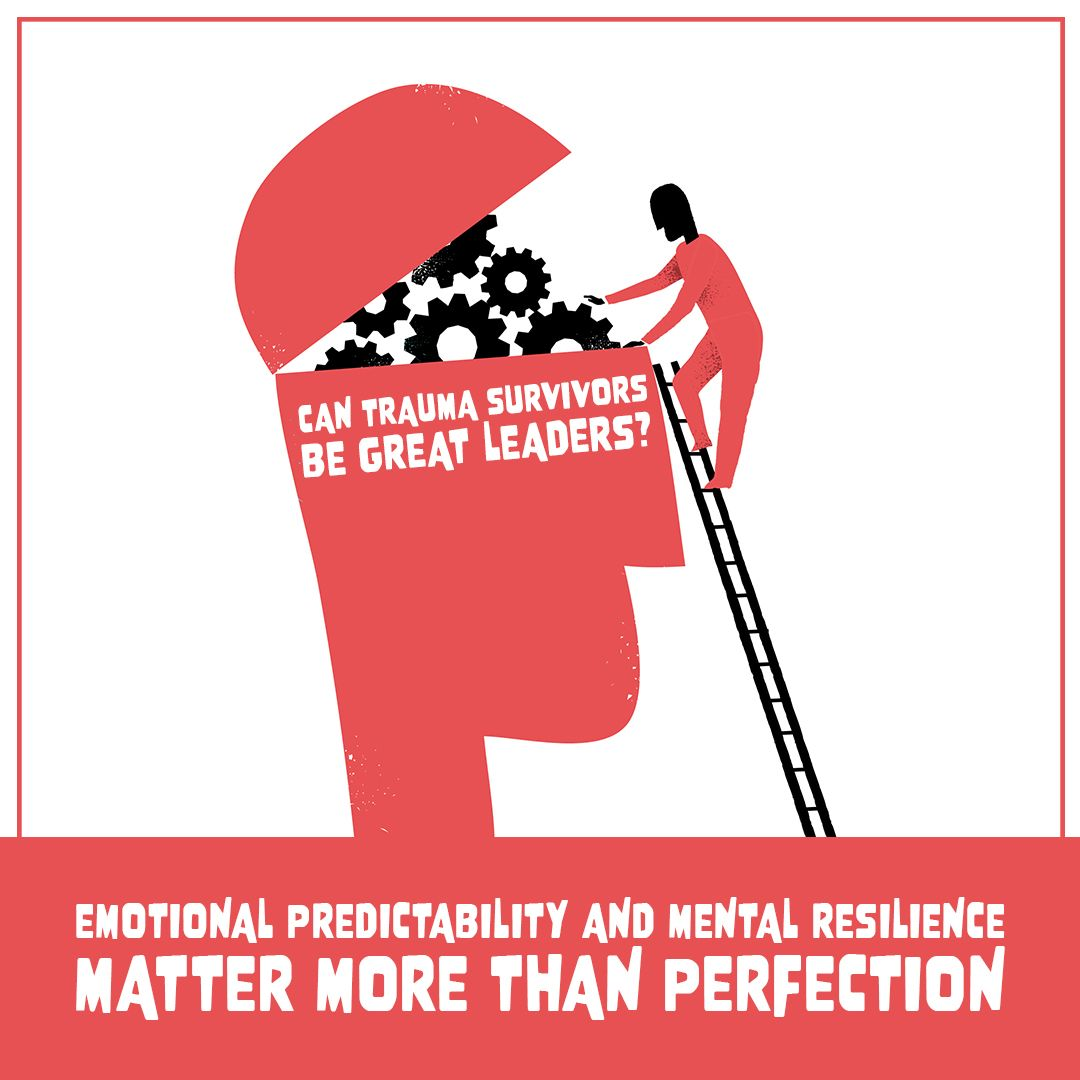Emotional Predictability and Mental Resilience Matter More Than Perfection
Leadership is hard enough on a good day. Add in the lasting effects of trauma, whether isolated or ongoing, and it’s no wonder many struggle with emotional regulation in high-pressure environments. But according to A Leader Worth Following, great leaders must be mentally tough and emotionally predictable. So, the question is: can someone with a history of trauma become a stellar leader?
The answer is a resounding yes, with the right awareness, tools, and support.
Emotional Predictability ≠ Stoicism
Being “mentally tough” doesn’t mean never showing emotion or becoming emotionally numb. It’s not about white-knuckling your way through stress. True mental resilience is more like a palm tree in a hurricane: flexible, adaptive, and able to bend without breaking.
Emotional predictability means your team knows what version of you they’re going to get, especially in tough moments. It’s about modeling consistency, not perfection, and creating a sense of psychological safety for your team.
The Hidden Weight of Leadership Trauma
Leadership often comes with tough calls and uncomfortable consequences. Firing someone. Closing a department. Implementing changes that disrupt lives. These moments can carry heavy emotional weight, and if not processed, they can quietly chip away at a leader’s well-being.
Over time, unaddressed trauma can manifest as burnout, irritability, decision fatigue, or even emotional shutdown.
That’s why one of the most important traits of a great leader is self-awareness. Knowing when your emotional reaction doesn’t match the moment is not a flaw but rather a signal that something deeper might need attention.
6 Dimensions of Self-Care Every Leader Needs
Leaders often think of self-care as massages, vacations, or tee times. But real, sustainable self-care is much more structured and intentional. It’s not a luxury; it’s a leadership requirement.
Here are six dimensions of self-care every trauma-informed leader should prioritize:
- Emotional – journaling, therapy, or honest conversations about how you’re really doing.
- Physical – sleep, movement, or nutrition – because your body stores trauma, too.
- Spiritual – finding meaning or connection beyond yourself, whether faith-based or not.
- Organizational – Creating environments that support clarity, boundaries, and flow.
- Occupational – Finding alignment between your work and your purpose or values.
- Mental – Mindfulness, meditation, or thought-pattern awareness.
When practiced regularly, these elements form a resilience toolkit that allows leaders to navigate stress, minimize emotional reactivity, and avoid re-traumatization.
Creating a Trauma-Informed Workplace
It’s not just about the leader’s healing journey; it’s about creating environments where everyone feels safe, seen, and supported.
A trauma-informed leader sets the tone by:
- Practicing emotional regulation and modeling self-care.
- Making space for diverse emotional responses without judgment.
- Encouraging their team to access mental health resources.
- Evaluating reactions through the lens of potential trauma triggers.
When a leader responds calmly, even when others are emotionally dysregulated, it helps stabilize the environment. That kind of leadership builds trust, loyalty, and high-functioning teams.
Final Thought: Your Trauma Is Not a Barrier; It’s a Catalyst
Leadership isn’t about being unshakable—it’s about being grounded. Trauma survivors often carry deep empathy, insight, and strength. With the right tools, they can become some of the most emotionally intelligent, resilient, and inspiring leaders in any organization.
So, if you’ve experienced trauma and still feel called to lead, don’t count yourself out. Instead, count yourself in, and commit to the ongoing work of healing, growing, and showing up consistently for yourself and those you lead.



